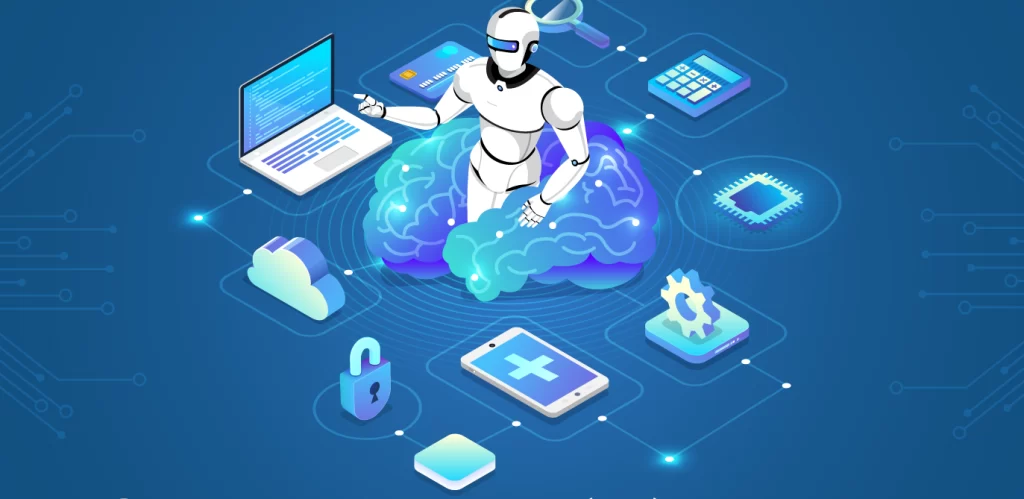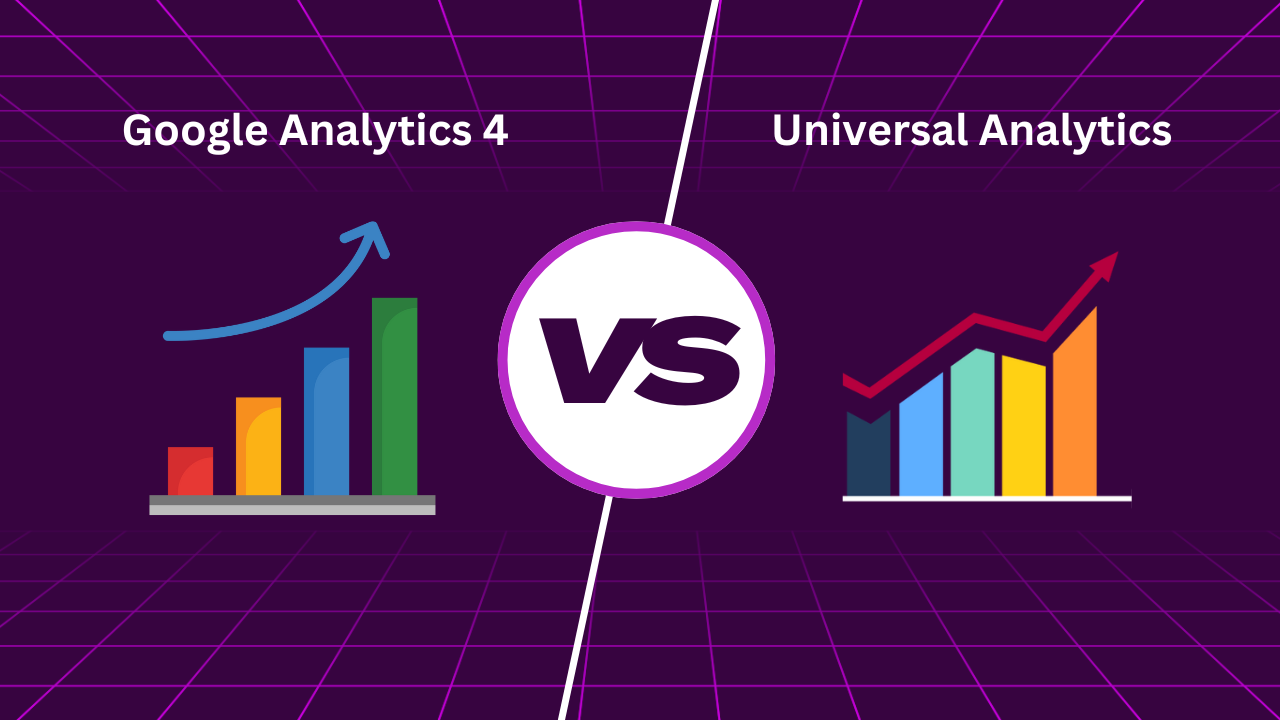Artificial intelligence (AI) refers to computer systems or machines that are designed to perform tasks that would otherwise require human intelligence. In essence, AI allows machines to mimic certain functions of the human mind such as learning, reasoning, problem-solving, perception, and even creativity.
Brief History of Artificial Intelligence
The concept of AI dates back to the 1950s when scientists and researchers began exploring the possibility of machines that could emulate the capabilities of the human brain. In the decades since, AI has gone through periods of early excitement and promise followed by setbacks and discouragement, before advancing once again.
Major milestones include the development of the first chess-playing computer program in the 1950s, expert systems for specific domains in the 1980s, and the dramatic recent progress in machine learning through algorithms capable of sorting huge datasets to find subtle patterns.
Current State of AI Technology
Today, AI has become one of the most transformational technologies in the world. From smartphones to autonomous vehicles, AI is powering innovations across every industry. With massive datasets and modern algorithms, AI programs can now recognize speech, translate between languages, caption images, detect fraud, make recommendations, and much more.

How AI Works
There are several core techniques used to give machines intelligence:
Machine Learning
Machine learning is one of the most important technologies behind modern AI. It involves feeding computers huge amounts of data and letting them find meaningful patterns within it. Instead of hand coding software routines, engineers create algorithms that allow the AI system to progressively improve and “learn” on its own. There are three main types of machine learning:
Supervised Learning
In supervised learning, algorithms are trained using labelled datasets where the desired output is already known. For example, an image recognition algorithm would be given thousands of images correctly marked as showing either a dog or cat. By analysing these labelled examples, the system learns over time how to properly categorise new images containing dogs or cats.
Unsupervised Learning
In contrast, unsupervised learning uses datasets with no pre-assigned labels or outputs. Instead, the algorithms must find hidden patterns and connections in the data completely on their own. This can reveal unexpected insights that humans may miss. Clustering customers into market segments based on common attributes is one application.
Reinforcement Learning
Reinforcement learning gives an AI system feedback in the form of rewards or punishments as it interacts with a dynamic environment, similar to training a dog. The algorithm learns by maximising its rewards through trial and error. Playing games and robotics applications often use this technique.

Natural Language Processing (NLP)
This field focuses on teaching computers how to understand, interpret, and generate human languages like English. Key NLP capabilities include:
Speech Recognition
Converting spoken words into text. Virtual assistants rely on speech recognition to translate voice commands.
Natural Language Understanding
Analysing text to extract meaning and determine sentiment. Useful for automatically responding to customer emails for example.
Natural Language Generation
Generating written or spoken language output. Used to create first drafts of text that humans then refine.
Computer Vision
Computer vision applies AI and machine learning to process and analyse images, videos, and other visual inputs. Key computer vision tasks include:
Image Recognition
Identifying objects, people, scenes, and activities in still images. Self-driving cars use image recognition, for instance to detect traffic lights and signs.
Video Recognition
Similar to image recognition, but with digital video input to “see” and understand movement over time. Could be applied for automated security surveillance.
Advanced Computer Vision Capabilities
Continued progress in computer vision could enable AI systems to navigate their physical environment, estimate depth and dimensions, generate 3D reconstructions from images, track objects, and more in the future.

Real-World AI Applications
AI is finding widespread practical use in these sectors:
Healthcare
AI is improving nearly all aspects of healthcare and medicine:
Medical Diagnosis
AI algorithms can analyse patient data like medical images, clinical test results, and patient histories to provide doctors with possible diagnosis options complete with confidence scores and supporting evidence. This assists doctors in spotting issues early.
Drug Discovery
AI methods help scientists explore huge databases of drug compounds to accurately predict which ones show promise for treating specific diseases. This automates part of the lengthy drug discovery pipeline.
Precision Medicine
Customising healthcare treatment plans based on an individual’s specific genetics, lifestyle, and environment can be enabled through AI techniques. This is an alternative to the one-size-fits-all approach.
Robotic Surgery
AI-assisted robotics allow doctors to perform minimally invasive surgery with enhanced precision, flexibility, and control compared to conventional techniques. This leads to better patient outcomes in many studies.
Business
AI is streamlining business operations and increasing efficiency with applications such as:
Predictive Analytics
By analysing historical trends and data patterns using machine learning, AI analytics dashboards can forecast future business scenarios from expected sales to production faults.
Ad Recommendation Engines
AI tracks all the products you browse and purchase online to figure out your preferences. Sophisticated real-time algorithms then suggest other items you may enjoy discovering. This drives more sales.
Chatbots and Virtual Assistants
AI-powered chatbots are automating basic customer service queries via messaging apps, websites, and phone calls. For common requests, this quick self-service can often resolve issues faster than waiting on hold.
Conclusion
In summary, artificial intelligence represents a collection of computer algorithms and technology that allow machines to perform many functions historically requiring human cognition. By analyzing data or interacting with dynamic environments to find patterns, make predictions, plan, learn, and refine future actions, AI demonstrates intelligence similar to humans in many ways, but focused on narrow tasks.



